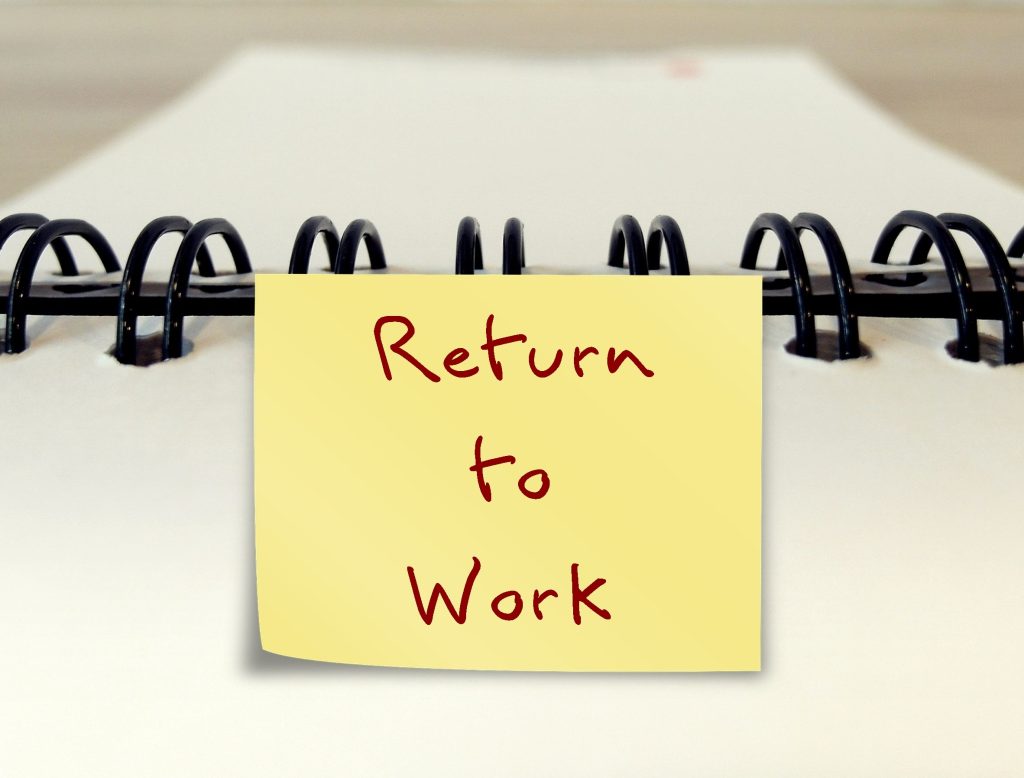PREVENTING WINTERTIME SLIPS, TRIPS AND FALLS IN CONSTRUCTION
Many hazards that can lead to worker injury can be found in the construction industry. In addition to the safety hazards that are encountered year-round, and winter brings its own set of challenges and hazards. During the winter, construction workers are often exposed to extreme cold and high winds, as well as snow and ice […]
PREVENTING WINTERTIME SLIPS, TRIPS AND FALLS IN CONSTRUCTION Read More »










